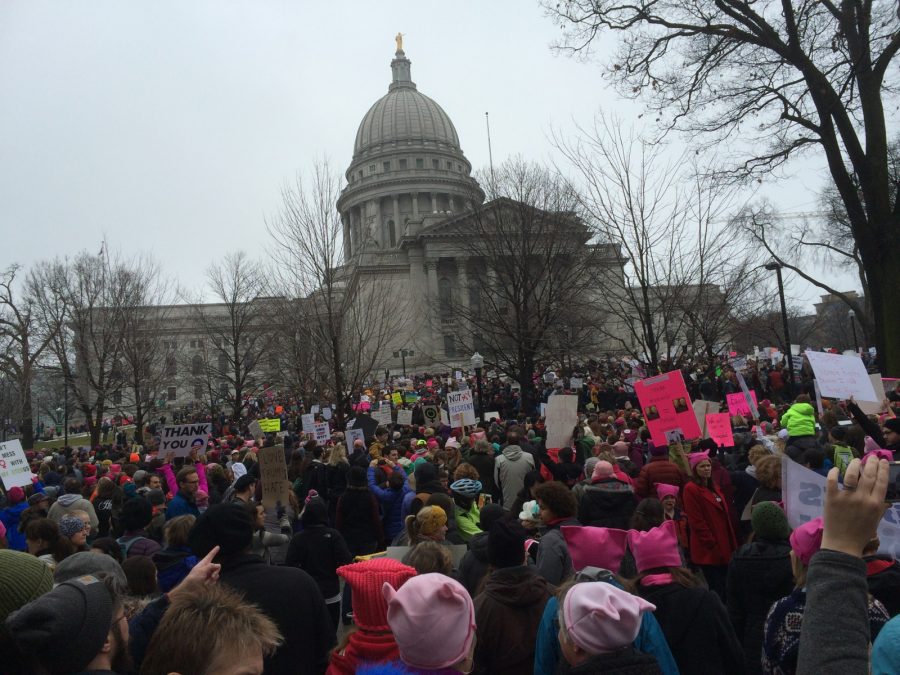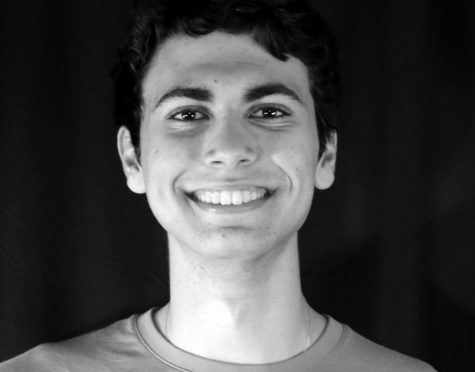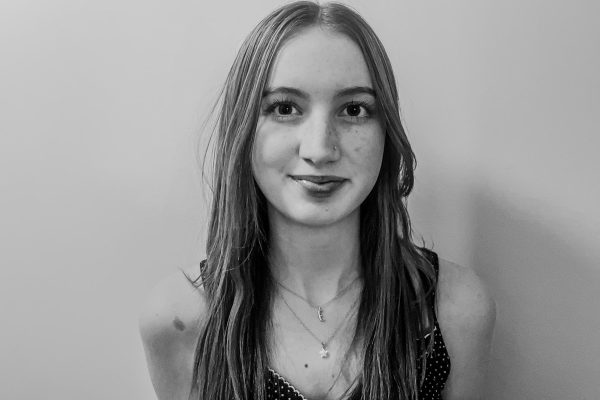Women’s March in Madison
March 9, 2017
Thousands of signs hovered above the heads of protesters during the Women’s March in Madison. Police were initially expecting a maximum of 15,000 protesters but final estimates showed up to 100,000 protesters-more than 40% of the population of Madison.
“I found the experience joyful, exhilarating, and hopeful,” said Dorris Lanning, an 88 year old resident of Cedar Rapids. “[The] people around the world felt so strongly about the wrong this administration is promoting came together, walked together, chanted together from all nationalities, all religions. We were united for a cause.”
Although the march was titled “Women’s March,” protesters held signs about tweets, science, and “Unpresidenting” President Trump. Amid the long crowd, a leader of a series of chants was barely visible, but chants were carried through the streets.
At the end of the marching path, several additions were made to the iconic “Forward” statue that celebrates the women’s suffrage movement located in front of the Madison capitol building, including the popular pink “pussyhats” hundreds of protesters wore during the event.
“The message sent loudly and clearly is that there are millions of people concerned about the need for equal rights and treatment for all people,” said Monica Dreyer Rossi, an Iowa City resident.
Along with the diversity of signs in the crowd, the protesters came from many different walks of life.
“I was also very pleased to see how diverse the crowd was in terms of gender, ethnicity, age, and income,” said Rossi.
Lanning agreed.
“There were a surprising number of men,” Lanning said. “I realize they were marching for various causes but many were carrying placards supporting women.”
Badra Kalil ‘21 believes there’s a reason behind this diversity.
“I feel that, in this day and age, people start to view women’s rights as a thing of the past, that the world has come so far that we don’t have to worry about things like equal rights,” she said. “However, many women and minorities still feel as though they aren’t getting the kind of representation as your general white male. I think this is why so many people, not just women, came together to protest.”
Lanning is unsure of the effects of the march–although she hopes it will change the attitudes of women–but Rossi and Kalil are sure that this march made a difference.
“I think the march helped to make women more aware of their potential for influencing decisions in this country and perhaps stimulate some women to stand for public office,” said Rossi.
Kalil agrees.
“When millions of people worldwide come together to protest, it doesn’t go unnoticed,” she said. “I hope this will make a difference.”































